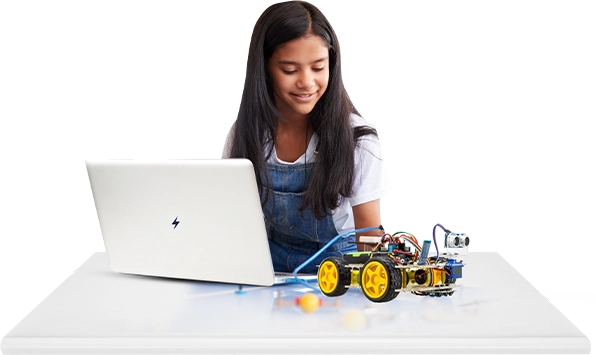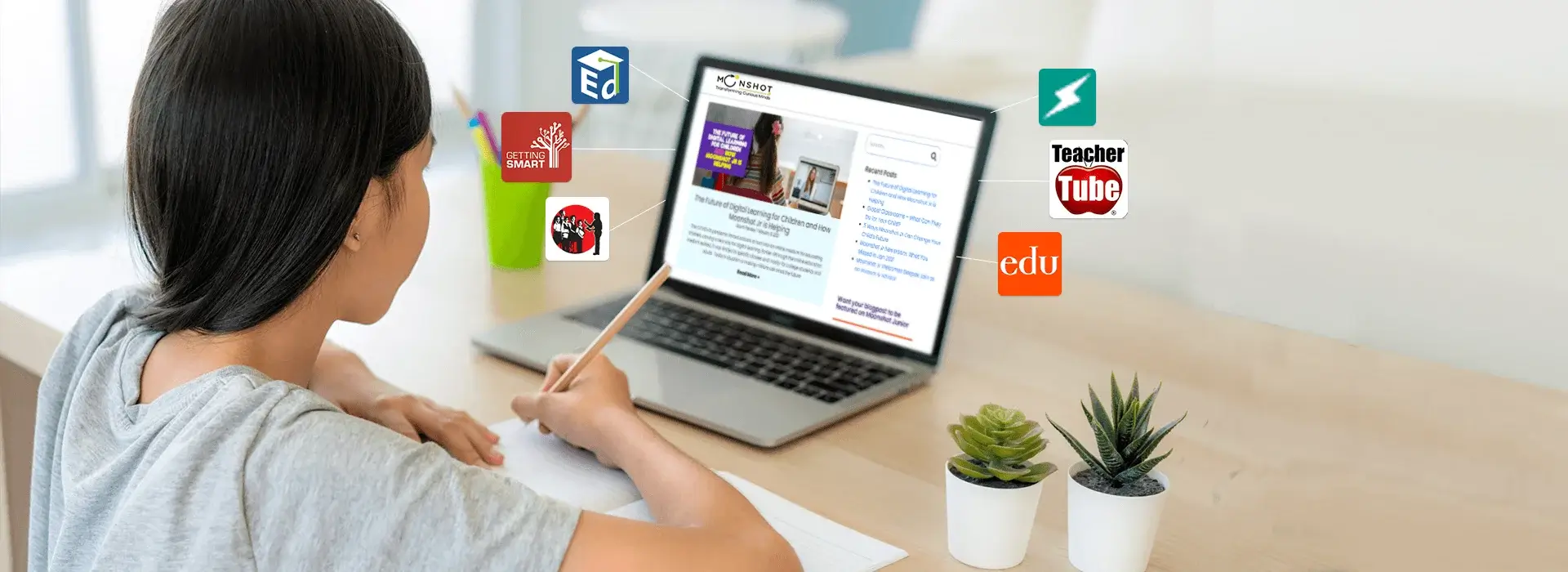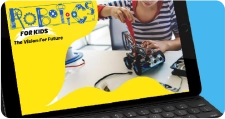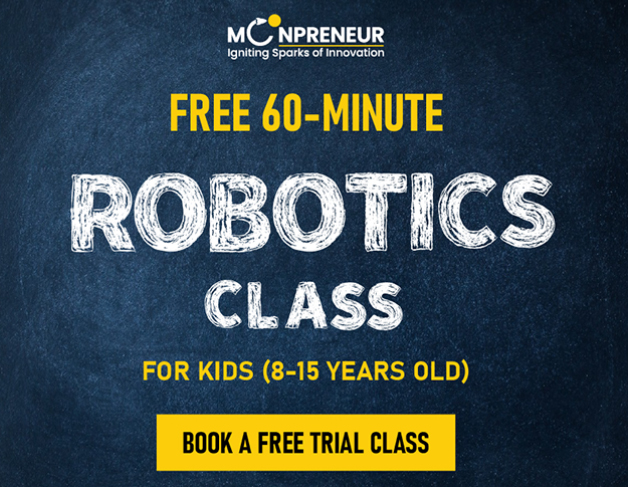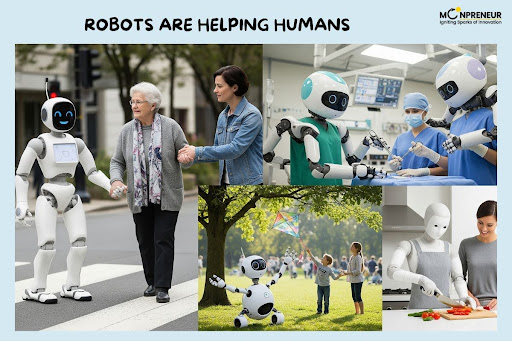
Robots have low-key invaded our lives, from vacuuming the floor to cooking meals to helping paralyzed people walk again. These machines are no longer the stuff of sci-fi—they’re used in homes, schools, workplaces, hospitals, and even space missions.
Whether it’s handling boring chores or stepping into risky situations where humans can’t, robots are fast becoming the buddies you didn’t know you needed. In this article, we’ll explore 25 amazing ways robots help humans in daily life, industries, healthcare, exploration, and beyond.
Robots in Daily Life
1. Robot Vacuums
Nobody wakes up excited to vacuum. Robotic cleaners like Roomba glide across floors, dodge furniture, and tackle dust and pet hair—quietly doing the dirty work so you don’t have to.
2. Robotic Lawnmowers
Brands like Husqvarna Automower cut your grass neatly without supervision. They save hours of weekend effort and keep your lawn picture-perfect.
3. Personal Assistance Robots
From guiding visually impaired individuals to reminding seniors to take medication, robots like ElliQ provide support and companionship, making independent living safer.
4. Entertainment Robots
AI-powered toys like Cozmo or Sony’s robotic dog Aibo can recognize faces, play games, and mimic emotions, creating fun learning experiences for children.
5. Companion Robots
Lovot and Paro offer emotional comfort. Paro, a robotic baby seal, helps dementia patients remain calm, while Lovot behaves like a needy pet that radiates warmth.
6. Cooking Robots
The dream of a private chef is now real. Moley’s robotic kitchen can prepare gourmet meals hands-free, serving consistent flavors without kitchen disasters.
Robots in Workplaces and Industries
7. Manufacturing Robots
FANUC and KUKA robotic arms assemble cars, weld metals, and package goods with zero fatigue, driving efficiency and precision.
8. Warehousing & Logistics Robots
Autonomous systems like Locus robots speed through aisles, pick items, and prepare shipments—ensuring lightning-fast deliveries without errors.
9. Service Robots
BellaBot and Hilton’s Connie work in hotels and restaurants, greeting guests, taking orders, and delivering items—bringing consistency to hospitality.
10. Agricultural Robots
AI-driven farming machines such as Ecorobotix handle planting, weeding, and harvesting. This reduces chemical use and boosts yields while giving farmers more rest.
11. Inspection Robots
Boston Dynamics’ Spot can navigate dangerous construction sites and energy plants, scanning for hazards and reducing workplace accidents.
12. 3D Printing Robots
Robotic printers like MX3D create bridges, furniture, and custom parts, cutting material waste and streamlining construction.
Robots in Medicine and Healthcare
13. Surgical Robots
The Da Vinci Surgical System helps doctors operate with unparalleled accuracy, leading to smaller scars, shorter recovery times, and safer outcomes.
14. Robotic Exoskeletons & Prosthetics
Wearable tech like ReWalk and advanced bionic limbs restore mobility to people with paralysis or amputations, giving them independence again.
15. Healthcare Support Robots
Moxi and similar robots deliver medicines, transport supplies, and sanitize hospital rooms, helping medical teams focus on patients.
16. Telepresence Robots
Systems like Beam let doctors remotely examine patients, offering real-time diagnosis and consultation across borders.
17. Pharmacy Robots
Robots such as PharmASSIST automate prescription dispensing, reducing medication errors and streamlining hospital pharmacies.
Robots in Hazardous Environments
18. Disaster-Relief Robots
PackBot and Snakebot crawl through rubble after earthquakes or floods, locating survivors without risking human rescuers.
19. Bomb Disposal & Hazardous Jobs
TALON robots handle explosive devices and toxic materials, keeping human specialists safe from harm.
20. Firefighting Robots
Thermite firefighting bots roll into burning structures, spraying water and clearing debris, working where humans can’t breathe.
21. Underwater Research Robots
ROVs like Aquanaut explore ocean depths, repair rigs, and study marine life—diving where human lungs would never survive.
Robots in Space and Exploration
22. Space Exploration Robots
Rovers such as Perseverance on Mars collect samples, fire lasers at rocks, and pave the way for future human missions.
23. Scientific Research Robots
BRUIE explores icy moons, while Earth-based bots study extreme climates. They gather data without risking human life.
24. Construction & Colonization Robots
NASA’s RASSOR and robotic arms like Canadarm2 build infrastructure in space, laying foundations for human settlement.
25. Asteroid Mining Robots
Future missions aim to send robots to mine asteroids rich in rare metals—creating possibilities for off-world resources.
Robots in Education and Society
- Educational Bots: LEGO Mindstorms and Nao help kids learn coding and engineering through hands-on play.
- Social Robots: Pepper improves interaction for autistic children and elderly patients, offering companionship and emotional recognition.
How Do Robots Benefit Society Overall?
Robots are:
- Boosting efficiency: No sick days, no distractions—just consistent performance.
- Making life safer: They take on the dangerous jobs humans shouldn’t.
- Driving innovation: From healthcare to deep space, robots are pushing technology forward.
Can Robots Replace Humans?
Not really. While automation replaces some jobs, it creates new ones in robotics, AI, and maintenance. Humans still excel at creativity, empathy, and decision-making—areas robots can’t fully mimic.
The Future of Robotics: Affordable AI-Driven Robots
For businesses, robotics is no longer reserved for billion-dollar corporations. Standard Bots is making automation accessible with RO1, a six-axis collaborative robot that blends affordability with power:
- Low-cost automation: Lease starting at just $5/hour or buy at half the cost of competitors.
- Built for real work: Handles 18 kg payloads with ±0.025 mm precision.
- AI-driven simplicity: No coding degree required—intuitive no-code programming gets it running fast.
- Safe by design: Collision detection and machine vision allow RO1 to work alongside human teams.
Conclusion
So, how are robots helping humans? In just about every way imaginable. They vacuum our homes, grow our food, perform life-saving surgeries, explore distant planets, and even comfort the lonely. Robots aren’t replacing us—they’re teaming up with us to make life safer, smarter, and more efficient.
And with affordable AI-driven options like Standard Bots’ RO1, the future of robotics isn’t just for big corporations—it’s for everyone.
Moonpreneur is on a mission to disrupt traditional education and future-proof the next generation with holistic learning solutions. Its Innovator Program is building tomorrow’s workforce by training students in AI/ML, Robotics, Coding, IoT, and Apps, enabling entrepreneurship through experiential learning.
Related Blogs:
- AI-Enhanced Robotics: The $124 Billion Revolution Reshaping Industry and Labor
- How to Introduce Robotics to Kids Ages 7-8 Years: Activities, Projects & More
- Aibo Robot Dog – The Future of AI and Robotics
- Robotics for 9-Year-Old – Fun and Educational Guide
- The Rise of Soft Robotics: Revolutionizing Automation for the Future
- Top 10 Robotics Games For Kids



